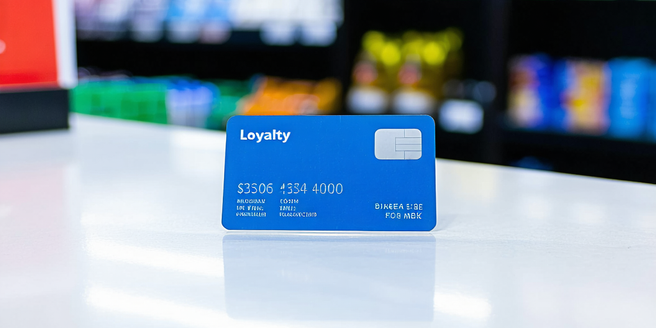Loyalty Program Benefits

Understanding Loyalty Programs
Loyalty programs are structured initiatives designed to reward loyal customers with incentives such as discounts, points, or exclusive offers. These programs encourage repeat business by making customers feel valued and appreciated. By understanding the mechanics and psychology behind loyalty programs, businesses can create effective strategies that not only retain customers but also increase their engagement. Companies often employ various types of rewards to cater to different customer preferences and behaviors, ensuring that their loyalty program aligns with their brand values. Understanding these programs requires a keen insight into consumer behavior and a strategic approach to implementing them successfully. By focusing on personalization and customer experience, loyalty programs can drive significant value for both businesses and their patrons.
How Loyalty Programs Drive Customer Retention
Loyalty programs are crucial in enhancing customer retention by fostering a sense of belonging and exclusivity. These programs incentivize customers to return by offering rewards that align with their interests and shopping behaviors. By creating a personalized experience, businesses can nurture relationships and build trust with their clientele. Research shows that retaining existing customers is cost-effective compared to acquiring new ones, and a well-implemented loyalty program can substantially impact a company’s bottom line. Customers appreciate the recognition and value provided by these programs, which motivates them to continue engaging with the brand. By focusing on building long-term relationships, loyalty programs ensure a steady stream of repeat business and customer satisfaction.
Top Benefits for Consumers
Loyalty programs offer numerous advantages for consumers, making them an attractive aspect of modern retail experiences. By participating in these programs, consumers can enjoy significant savings through discounts, cashback, and exclusive offers. These initiatives not only provide financial rewards but also enhance the shopping experience by fostering a sense of community and connection with the brand. Customers often gain access to early product releases and special promotions, further incentivizing participation. Additionally, loyalty programs can include personalized touches, making consumers feel valued and recognized for their ongoing support. Such benefits encourage repeat purchases and brand loyalty, ultimately saving consumers money while also providing a rewarding shopping experience.
Boosting Business Through Customer Loyalty
For businesses, investing in customer loyalty programs provides numerous advantages, including increased revenue and improved brand reputation. By offering tangible rewards and exclusive experiences, companies can enhance customer satisfaction and foster brand loyalty. A well-executed loyalty program can lead to higher customer lifetime value and a stronger competitive edge in the market. Loyal customers are more likely to recommend the brand to others, creating organic growth through word-of-mouth marketing. Additionally, insights gained from loyalty program data can inform business decisions and tailor marketing strategies. Thus, these programs serve as vital tools for building enduring customer relationships and driving business success.
Types of Loyalty Programs to Consider
Businesses today can choose from various types of loyalty programs, each offering unique benefits tailored to different business models and customer demographics. Points-based programs reward customers based on their purchases, allowing them to redeem accumulated points for rewards. Tiered programs offer escalating perks to customers as they reach higher spending levels, encouraging continued patronage. Subscription programs offer exclusive member benefits for a recurring fee, providing consistent revenue for the company. Additionally, value-based loyalty programs align with customers’ values, such as sustainability or ethical sourcing, to nurture a deeper connection. Selecting the right type of loyalty program is essential for aligning with business goals and maximizing customer engagement.
Measuring the Success of Your Loyalty Program
To evaluate the effectiveness of a loyalty program, businesses must analyze various metrics that showcase its impact on customer retention and business growth. Key performance indicators (KPIs) such as enrollment rates, redemption rates, customer lifetime value, and repeat purchase rates provide insights into program performance. Tracking customer feedback and satisfaction levels can also help organizations refine their loyalty strategies. Advanced analytics tools enable businesses to assess the ROI of their loyalty programs, informing ongoing improvements. By continuously measuring and adjusting these programs, businesses can ensure alignment with customer needs and preferences, ultimately enhancing the overall success and sustainability of their loyalty initiatives.